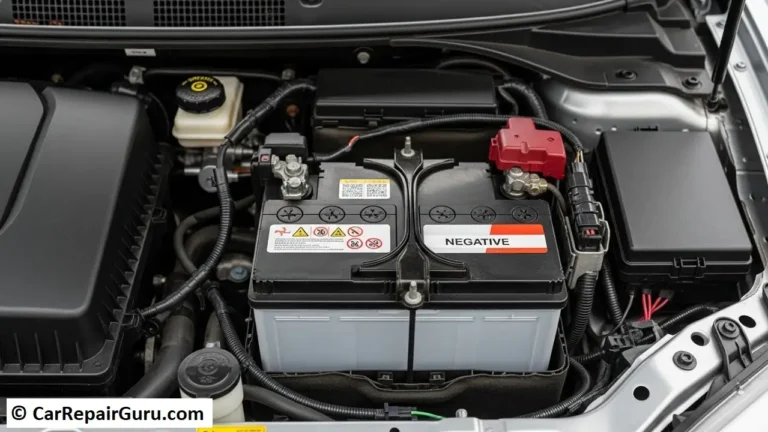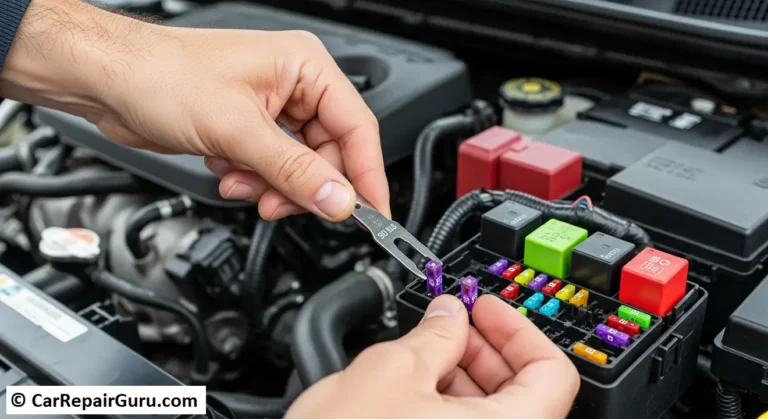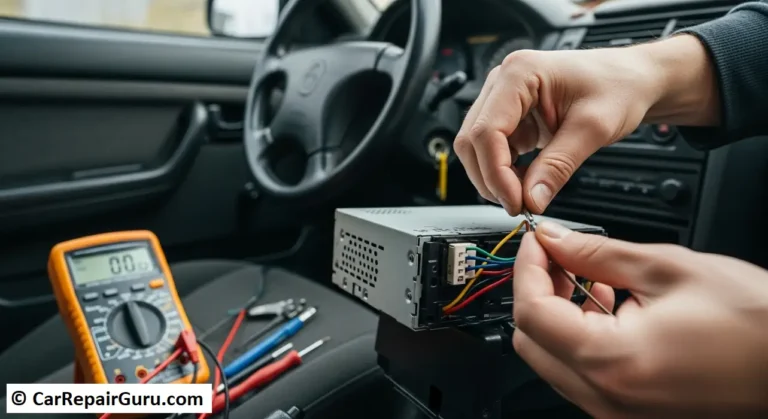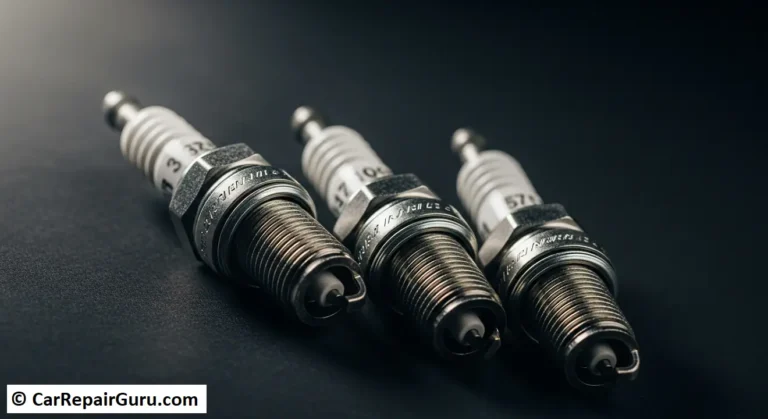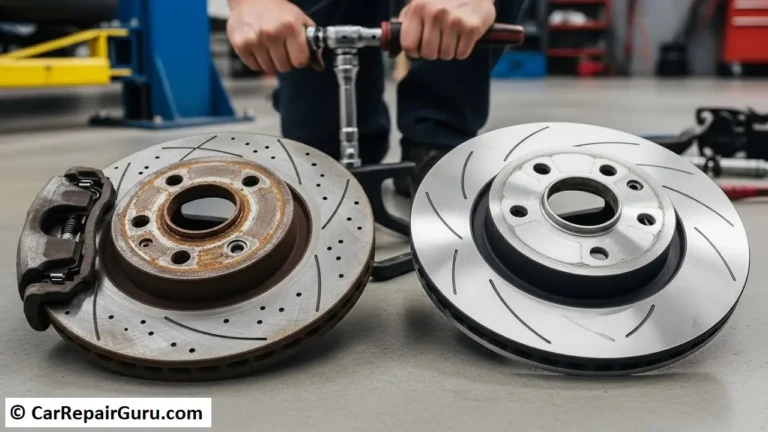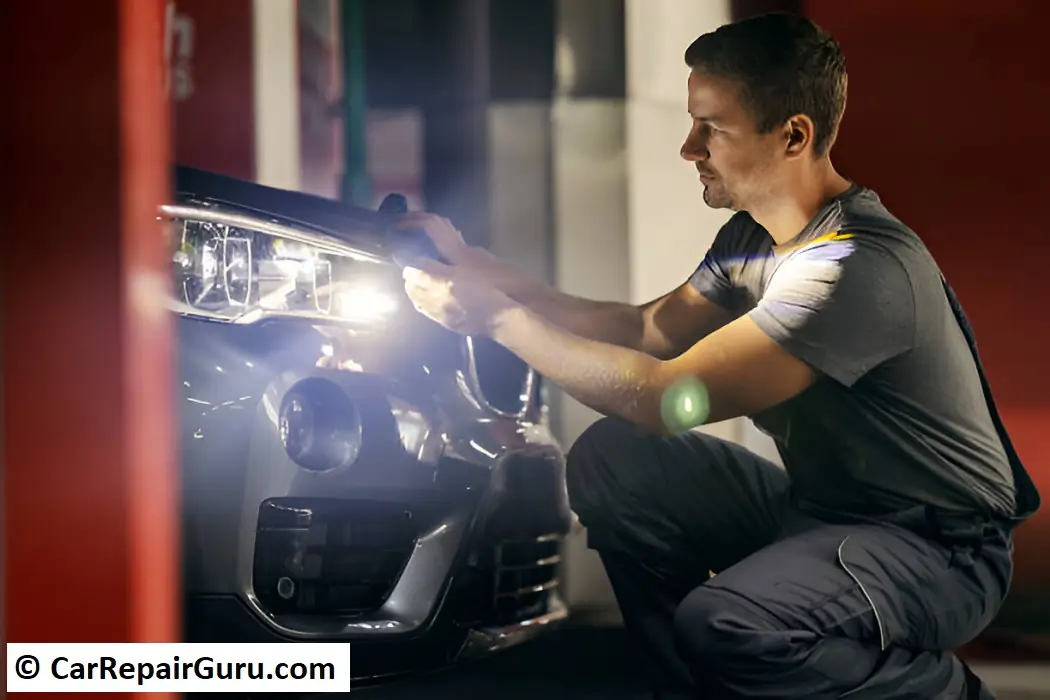
Driving at night or in low-light conditions can be challenging, especially with dim or outdated headlights. Upgrading your car’s headlights isn’t just about enhancing the way your vehicle looks—it’s a crucial step toward improving road safety. Brighter, more efficient headlights can make a significant difference by providing better visibility, helping you spot obstacles, pedestrians, and other vehicles sooner.
There’s a range of options available when it comes to headlight upgrades. From powerful halogen bulbs to modern LED lights and ultra-bright HID (High-Intensity Discharge) systems, each type offers unique benefits tailored to different needs. Whether you’re looking to improve energy efficiency, add a stylish touch to your car, or simply replace worn-out bulbs, upgrading your headlights is a smart move.
In this guide, we’ll walk you through the types of headlight upgrades, their benefits, installation tips, and everything else you need to know to make an informed decision. Stay tuned to transform your driving experience!
Types of Car Headlight Upgrades
Upgrading your car’s headlights involves choosing the right type of light to suit your needs and preferences. Here’s an overview of the most popular options:
Halogen Bulbs
Halogen bulbs are a traditional and cost-effective option for car headlights. These bulbs are widely available and relatively easy to install. They work by passing an electric current through a tungsten filament enclosed in a halogen gas-filled capsule. While they’re not the brightest option, halogen bulbs can provide sufficient illumination for everyday driving. They’re ideal for drivers looking for a quick, budget-friendly upgrade or replacement. However, their shorter lifespan and higher energy consumption compared to modern alternatives are worth noting.
LED Headlights
Light Emitting Diode (LED) headlights have revolutionized automotive lighting with their exceptional performance. Known for their brightness, energy efficiency, and longevity, LED headlights are a popular choice for modern vehicles. These lights provide a clean, white light that mimics daylight, making it easier to see road signs and hazards at night. Additionally, they use less power, putting less strain on your car’s electrical system. Although LED headlights may come at a higher initial cost, their durability and minimal maintenance requirements make them a worthwhile investment for most drivers.
HID Headlights
High-Intensity Discharge (HID) headlights, also known as xenon headlights, are designed for maximum brightness. They produce an intense white or bluish light that significantly improves visibility, especially in dark or foggy conditions. HID headlights are often chosen for their ability to illuminate a larger area compared to halogen or LED options. However, they require a ballast to regulate the electrical current, making installation slightly more complex. Additionally, their glare potential means proper alignment is critical to avoid blinding other drivers.
Each of these headlight types offers distinct benefits, so the right choice depends on your driving habits, budget, and preferences.
Benefits of Upgrading Car Headlights
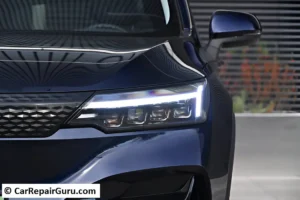
Upgrading your car’s headlights can transform your driving experience in several meaningful ways, making it a smart investment for both safety and style.
Improved Night Driving Visibility
The most immediate benefit of upgraded headlights is the enhanced visibility they provide, especially during nighttime or adverse weather conditions. Brighter and more focused beams help illuminate the road ahead, reducing blind spots and making it easier to spot obstacles, pedestrians, or animals. This improvement gives you more time to react, ultimately making your drives safer and more comfortable.
Better Aesthetics for Your Car
Upgraded headlights do more than improve functionality—they can also enhance your car’s appearance. Modern LED and HID headlights give your vehicle a sleek, sophisticated look that aligns with contemporary design trends. Whether you’re aiming for a sporty edge or a more refined style, upgraded headlights can make your car stand out on the road.
Energy Efficiency and Longer Lifespan
Modern headlights, particularly LEDs, consume significantly less energy compared to traditional halogen bulbs. This not only reduces the strain on your car’s electrical system but also contributes to better fuel efficiency over time. Moreover, LEDs and HIDs are designed to last much longer than halogen bulbs, meaning fewer replacements and lower maintenance costs in the long run.
By upgrading your headlights, you’re not just improving your safety and driving experience—you’re also enhancing your car’s look and operational efficiency, making it a practical and stylish decision.
How to Upgrade Your Car Headlights
Upgrading your car headlights is a straightforward process that can greatly improve your driving experience. Follow these steps to ensure a smooth upgrade:
Step 1: Identify Your Current Headlight Type
Before making any changes, determine the type of headlights your car currently uses. Check your vehicle’s manual or inspect the bulb yourself—most headlights are halogen, LED, or HID. Understanding the existing setup will help you select a compatible upgrade and avoid compatibility issues.
Step 2: Choose the Right Upgrade
With various options available, selecting the right type of headlight is crucial. Here’s a quick guide:
- LED Headlights: Ideal for those seeking energy-efficient, long-lasting, and bright lighting.
- HID Headlights: Perfect for maximum brightness and improved visibility, especially for nighttime or foggy conditions.
- Enhanced Halogen Bulbs: A budget-friendly option for better performance without major modifications.
Consider your driving habits, budget, and the conditions you frequently drive in when making your choice.
Step 3: Decide Between Professional Installation or a DIY Approach
Once you’ve selected your upgrade, decide whether to install it yourself or hire a professional.
- DIY Installation: Many headlight upgrades, such as plug-and-play LED bulbs, are easy to install and come with detailed instructions. If you’re comfortable handling tools and following steps, this option can save you money.
- Professional Installation: For more complex upgrades like HID systems or headlight assemblies, hiring a professional ensures proper installation and alignment.
Tips for Proper Installation and Alignment
Improperly installed or misaligned headlights can cause glare for oncoming traffic and reduce their effectiveness. Here are some tips to avoid these issues:
- Check Alignment: Use a flat surface and a wall to ensure your headlights are aimed correctly. Misaligned beams can impair visibility and may violate legal regulations.
- Avoid Touching the Bulb: Oils from your fingers can cause damage to the bulb when it heats up, reducing its lifespan.
- Test Your Headlights: After installation, test your new headlights to ensure they’re working properly and providing the desired brightness.
By following these steps and tips, you can enjoy the benefits of upgraded headlights, including improved visibility, safety, and style, without unnecessary hassle.
Legal and Safety Considerations
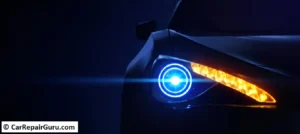
When upgrading your car headlights, it’s essential to follow legal and safety guidelines to ensure a smooth, compliant, and hazard-free experience. Here are key points to keep in mind:
Complying with Local Headlight Regulations
Different regions have specific laws governing headlight brightness, color, and alignment. For example, many countries restrict the maximum lumens (brightness) or only allow certain color temperatures, such as white or yellow light. Before making any upgrades, check your local traffic regulations to ensure your new headlights meet these standards. Non-compliant headlights can result in fines or failing vehicle inspections.
Ensuring Alignment to Avoid Blinding Oncoming Drivers
Proper headlight alignment is critical to road safety. Misaligned beams can cause glare, blinding other drivers and increasing the risk of accidents. After upgrading, take time to check and adjust your headlights. Park your car on a flat surface facing a wall, mark the original beam patterns, and compare them to the new ones. Ensure the light is focused on the road and not directed too high. Most cars have adjustment screws that allow you to fine-tune the headlight aim.
Risks of Improper Installation
Incorrect installation can lead to several problems, including reduced visibility, electrical issues, and even damage to your car’s headlight system. For instance:
- Overly Bright Lights: Can impair your own visibility in foggy conditions by reflecting light back at you.
- Electrical Short Circuits: May occur if the wiring is not properly secured.
- Uneven Light Distribution: Results in poor road coverage, defeating the purpose of the upgrade.
If you’re unsure about the installation process, it’s always better to seek professional help. Properly installed and aligned headlights not only improve your safety but also ensure you’re contributing to safer roads for everyone. By adhering to legal and safety considerations, you can enjoy the benefits of upgraded headlights with peace of mind.
Maintenance Tips for Upgraded Headlights
Keeping your upgraded headlights in top condition ensures their performance and longevity. Regular maintenance also helps you avoid common issues that can affect visibility and safety.
Clean and Protect Headlight Lenses Regularly
Headlight lenses can become dirty or cloudy over time due to road grime, UV exposure, and environmental factors. Clean the lenses with a gentle automotive cleaner and a microfiber cloth to remove dirt and debris. For added protection, apply a UV-resistant sealant to prevent yellowing and fading, keeping your headlights clear and bright.
Inspect Headlights for Issues Like Dimming or Fogging
Regularly check your headlights for signs of wear or malfunction, such as dimming, flickering, or uneven brightness. These issues could indicate a failing bulb or electrical problem. If you notice fogging inside the lenses, it may be a sign of moisture infiltration, which should be addressed promptly.
Tips for Addressing Condensation Problems
Condensation inside headlights is a common issue that can reduce light output and damage components. To fix this:
- Check for Cracks or Seals: Inspect the headlight housing for cracks or gaps in the seals that allow moisture to enter.
- Dry the Interior: Remove the headlight assembly and let it dry thoroughly. A hairdryer on a low setting can speed up the process.
- Reapply Sealant: Seal any gaps with silicone to prevent future condensation.
By following these tips, you can ensure your upgraded headlights remain efficient, reliable, and ready for the road.
Conclusion
Upgrading your car headlights is a smart decision that enhances both safety and style. Brighter, more efficient lights improve visibility during nighttime and adverse weather, reducing risks on the road. Modern headlights, such as LEDs and HIDs, also add a sleek aesthetic to your vehicle while being energy-efficient and long-lasting. Whether you choose a DIY installation or professional help, the benefits of upgraded headlights are undeniable. Don’t settle for outdated lighting—take the step to improve your driving experience and ensure you’re well-equipped for any journey. It’s an upgrade worth making for a safer and more stylish ride.
FAQs About Car Headlight Upgrades
What are the best car headlights for night driving?
LED and HID headlights offer superior brightness and clarity, making night driving safer. LEDs are energy-efficient, while HIDs provide intense, far-reaching beams.
Can I install upgraded headlights myself?
Yes, many upgrades are DIY-friendly, but proper alignment is crucial to avoid glare. For complex systems like HIDs, professional installation is recommended.
Are headlight upgrades legal?
Most are legal but must comply with local brightness and alignment regulations. Check your area’s rules to ensure compliance.
How often should I replace upgraded headlights?
LEDs can last several years, while HIDs may need replacement every two to three years, depending on usage.
Do upgraded headlights consume more power?
LEDs use less power than halogen bulbs, while HIDs are more efficient overall but may draw more power initially.
